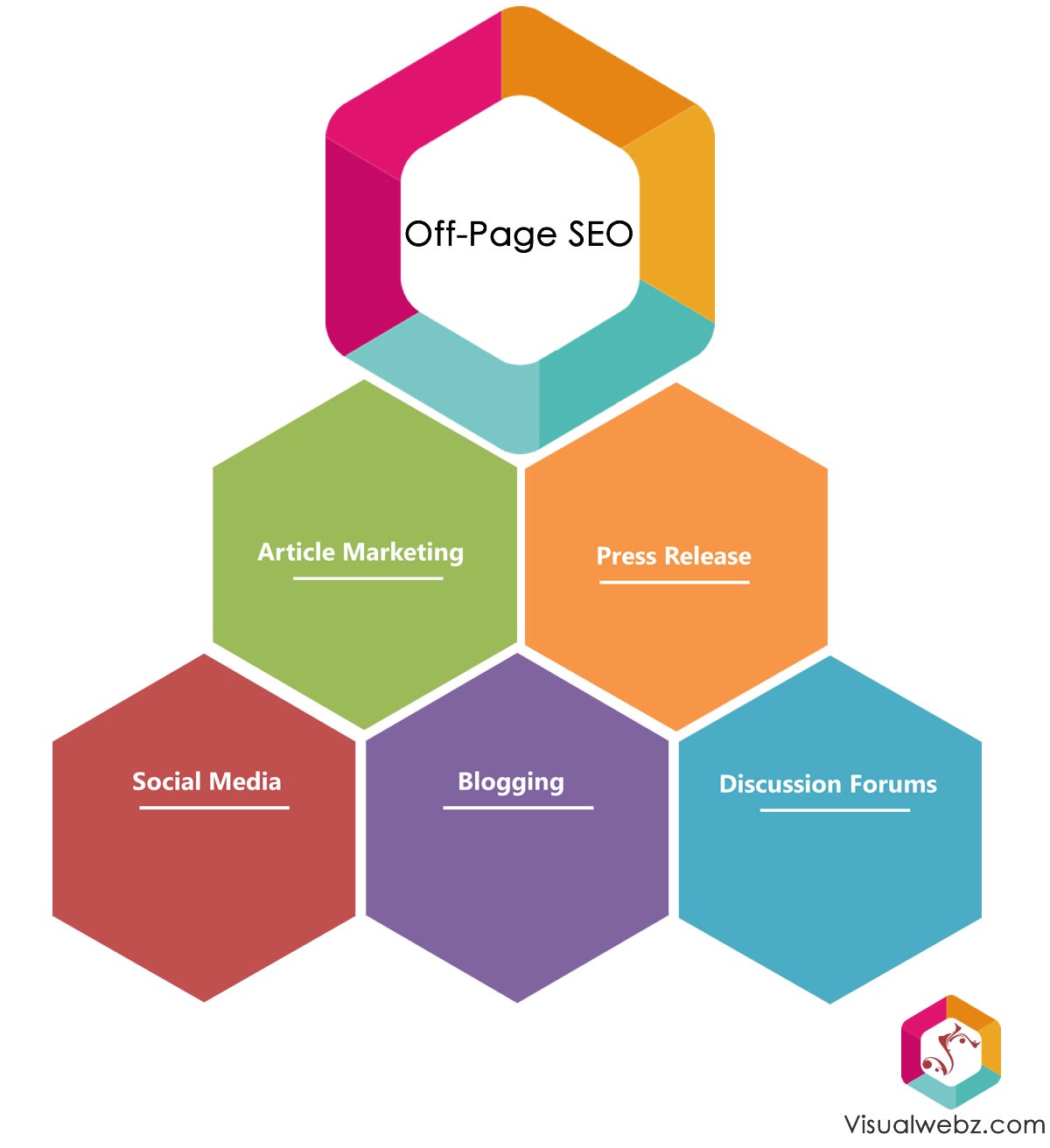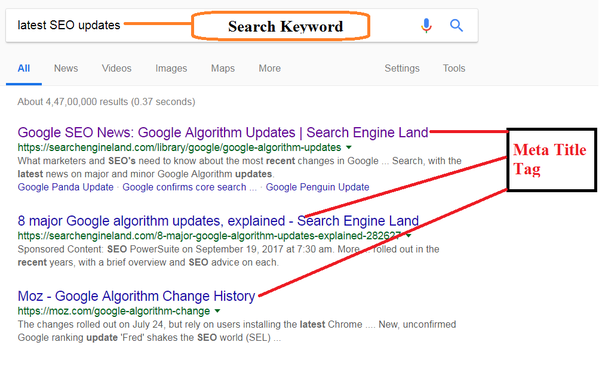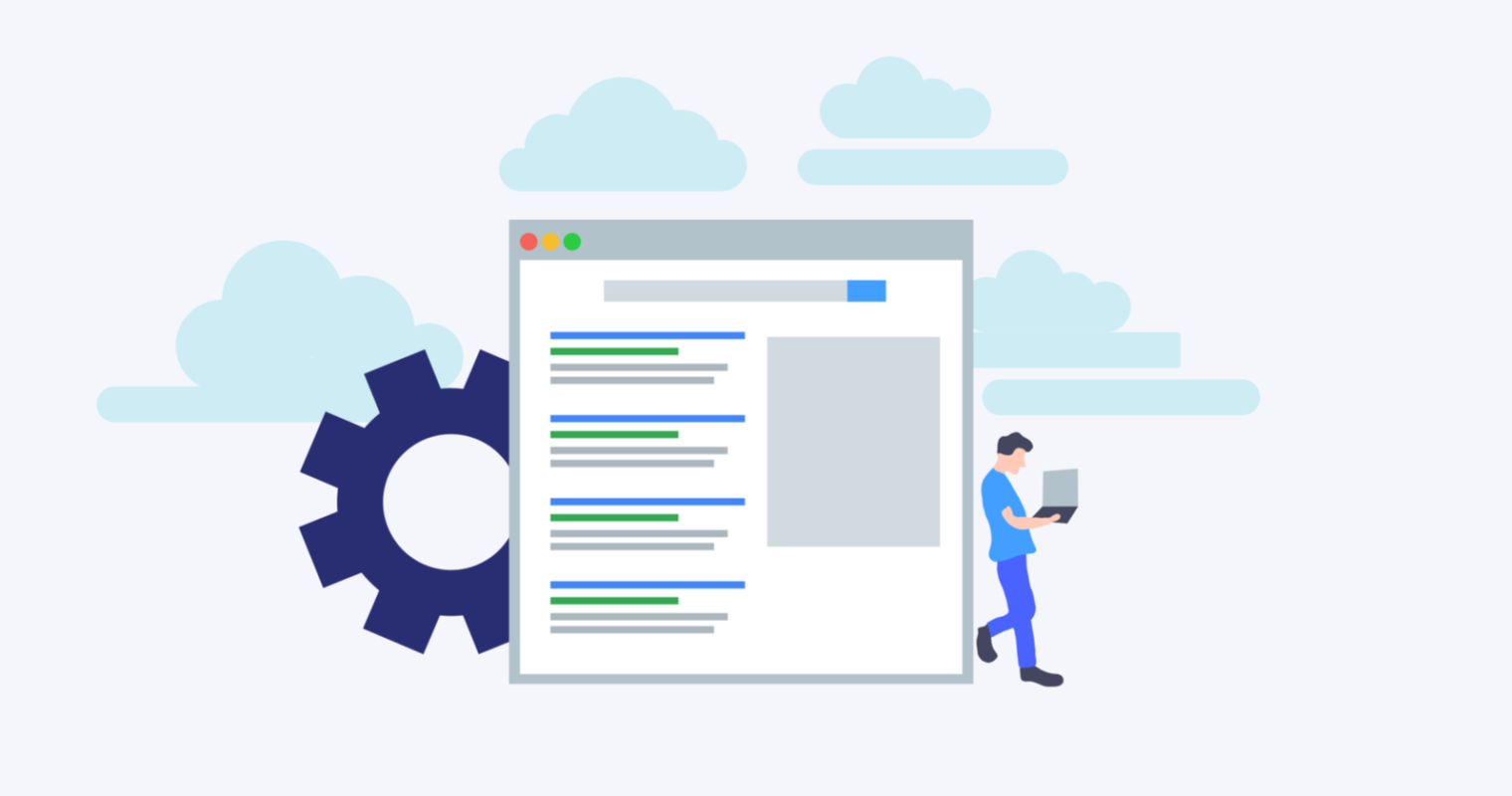
Visitors can browse the web freely and click on additional pages via internal links. These links signal search engines that the content you provide is good. You can increase your blog's SEO by creating internal links. Use descriptive anchor text when creating a link to give search engines more context and make it easier to understand the pages. Read this article for more advice on blog SEO. It will give you the basics to boost your blog's search engine optimization. This will help you rank higher in search engines results and drive more traffic to your blog.
Backlinks
SEO for blogs is dependent on building backlinks. Backlinks can be used by search engine crawlers as a reputation indicator. They search the web for backlinks and determine their relevancy. Google uses backlinks to rank blogs. Google will rank your blog higher when you have more backlinks. Google will rank your blog higher if you have a backlink to a popular site with great content.

Internal linking
There are a number of different factors to consider when internal linking a blog post. The most important thing to remember is that each link should be a natural link, not just a CTA box. It is important to keep the context of each link in mind as well. Links in body text are usually more weighty than those in the header tags. If the links are not of greater value or context than they were in header tags, there should be no more than 50 internal ones.
Schema markingup
SEO for blogs is no different. No matter your niche, schema markup is a great way to boost your blog’s organic search engine results. Search engines use the markup to identify and index the main elements of a page. This includes the name of the author, date published, and the date it was published. This standard will have an effect on the organic traffic you receive and how your pages appear in search. You can even use it to gain a rich snippet or zero position for certain search queries.
Images given context
Good SEO involves adding context to images. Google understands images based on the content of their title, so adding relevant text to them will increase their chances of appearing in image search results. It is particularly important to use alt text to describe images, because screen readers aren’t always able read long descriptions. A caption is, in essence, an alt-text. Screen readers can easily understand this so it's a good idea.

Posting more frequently
It is important to post more often if you are looking to increase your blog's search engine optimization. Most businesses benefit from regular content. However, for small companies, posting more than once per day is not feasible. Google is more concerned with quality than quantity. The more content you create, Google will reward you. Businesses should post only once per day. You have to decide how much time and effort you are willing to dedicate to your blog's visibility.
FAQ
How do I get more Facebook visitors?
Facebook has many options to increase traffic and engagement to your site. Facebook ads are one way to get more traffic. With Facebook ads, you can target specific audiences based on interests, demographics, and location. You can also set a daily limit and track which posts do well.
Why Should I Use SEO?
There are many reasons you should use SEO.
First, it helps increase the number of visitors to your website by making sure that your website appears high in search engine results.
A second benefit is the ability to increase conversions. Users can be sure they find what they want when they type in their search bar.
Third, it helps increase brand awareness by helping customers search for your business online.
Fourth, it enhances the user experience and allows them to navigate your website quickly.
It builds trust with potential customers and shows that you care enough to rank well in search engines.
What is On-Page SEO?
On-page seo refers the actions that you take on your website to increase its rank in search engines. On-page optimization includes site architecture, page titles and meta tags. Image alt text is also included. Off-page search refers only to activities that do not directly impact your website's ranking. These include backlinks, social media shares, press releases, and more.
Statistics
- These guides are designed and coded 100% from scratch using WordPress. (backlinko.com)
- 93%of online experiences today begin on search engines. (marketinginsidergroup.com)
- : You might have read about the time that I used The Content Relaunch to boost my organic traffic by 260.7%: (backlinko.com)
- And 90%+ of these backlinks cite a specific stat from my post: (backlinko.com)
- A 62.60% organic traffic boost to that page: (backlinko.com)
External Links
How To
How do I know if I am doing good SEO?
There are many ways you can tell if your SEO efforts are successful.
-
Your bounce-rate should be below 30%. That means users must leave your page before they click on anything else. A high bounce rate indicates that your audience doesn't trust your brand or isn't interested in what you're selling.
-
People visit multiple pages on your site - this shows that visitors are engaging with your site and finding something useful.
-
Your conversion rate is improving - your audience has become aware of your product or service and wants to buy it.
-
Your average site time is increasing. Visitors spend more time reading your content.
-
Searches are attracting more people - this is a sign that your SEO is doing a great job.
-
This means that you are getting more social media shares - it shows that others are sharing your content and reaching new audiences beyond your own followers.
-
You are getting more comments in forums - this means that people respond positively about your work.
-
You get more engagement on your website, with more likes, tweets and shares.
-
Your rank in SERPs has been increasing, which is a sign of your hard work paying off.
-
Your website is generating more leads - this means that people are finding your site organically and contacting you.
-
Your sales are increasing - this indicates that people who visit your website looking for your products are actually buying them.
-
You get more views and comments on your blog posts, which means that people find your content useful and interesting.
-
More subscribers mean more customers to your email list. This shows that people are able to trust you enough to sign up for updates about your company.
-
The sales are increasing - this means that people are liking your products and are willing to pay more for them.
-
You've gained more social network followers, which shows that your fans share your content with others and engage with your brand.
-
You are getting more PR mentions. This shows that journalists are talking online about your brand. This raises awareness of your company and helps to improve your reputation.
-
This means that your brand is being recommended more often.
-
People keep returning to your website - this shows your customers are happy with your work and will come back again the next time they need your help.
-
Your competitors are losing ground. This means that they haven't invested as much in SEO campaigns as you. It makes them look bad.
-
Your brand's image has changed - this means your brand is becoming more popular among new customers.